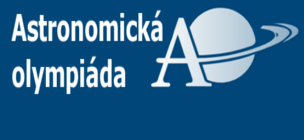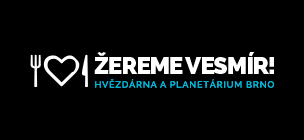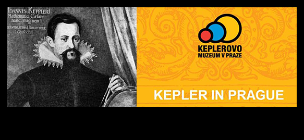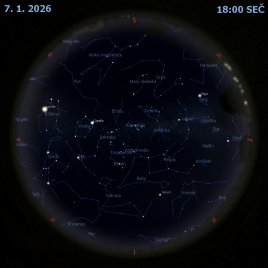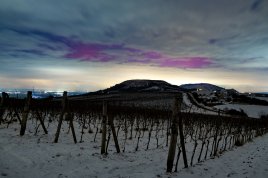Zajímavá soutěž pro středoškolské učitele fyziky

Hands-On Universe, Europe (EU-HOU):
Bringing frontline interactive astronomy
to the classroom
Dlouhodobým cílem projektu je vzdělávání středoškolských učitelů fyziky v moderních metodách výuky astronomie. Podrobné informace lze nalézt (v angličtině) na stránkách http://www.euhou.net.
V rámci projektu vyšle Česká republika pod záštitou Astronomického ústavu AV ČR, v.v.i., 4-6 zájemců z řad středoškolských učitelů fyziky na dvoudenní soustředění do Velké Británie (Cardiff, 23.-24. srpna 2009, 2-3 osoby) a Polska (Toruň, jaro 2010, 2-3 osoby), případně (u rychle reagujících zájemců) do Francie (Observatoř Haute Provence, 8.-9. května 2009, 1-2 osoby).
Účastníci těchto stáží absolvují přednášky a praktická cvičení z astronomie (v anglickém jazyce) pod vedením profesionálních astronomů. Jejich povinnostmi bude v průběhu dalších dvou let:
a) přeložit z angličtiny do českého jazyka (a případně obsahově upravit) výuková cvičení vytvořená v rámci projektu EU-HOU;
b) podílet se na překladu www stránek projektu EU-HOU do českého jazyka;
c) podílet se v ČR na organizaci školení a přednášek - zaměřených na používání astronomického softwaru ve výuce - pro učitele fyziky.
Podmínkou účasti je dobrá znalost angličtiny. Náklady na cestu a pobyt budou hrazeny z prostředků projektu EU-HOU.
Přihlášky - tj. strukturovaný životopis (1 strana) + motivační dopis (1 strana) - k účasti na soustředěních ve Velké Británii nebo Polsku zašlete do 31. května 2009 e-mailem nebo poštou na níže uvedenou kontaktní adresu. V případě zájmu o účast na soustředění ve Francii, která vyžaduje odlet z ČR již ve čtvrtek 7. května 2009 dopoledne, zašlete prosím přihlášku výhradně e-mailem a co nejdříve, nejlépe do pátku 1. května 2009, nejpozději však do pondělí 4. května 2009 do 8:00 hod (program stáže je uveden na další straně).
Kontaktní údaje:RNDr. Bruno Jungwiert, Ph.D.
Astronomický ústav AV ČR, v.v.i.
Boční II 1401
141 31 Praha 4
e-mail: bruno@ig.cas.cz
tel.: 267 103 069
Program stáže ve Francii:
EU-HOU training session, Observatoire de Haute Provence, May 8-9, 2009
Programme:
1. Assembling Spica telescope
2. General overview of robotic and interactive telescopes
3. Usage of selected robotic telescopes
4. Measuring Moon craters and mass of Jupiter by means of Gallilean satellites
5. Sun4All
6. Assembling a spectroscope
7. Doppler effect
8. Introducing photometry
9. Extrasolar transit
10. Introduction to radio-astronomy
11. On-line observations with Salsa-Onsala
12. Evening live observations
13. HOU resources and the web site
Arrival date: Thursday May 7th.
Participants will be picked up either at the Marseille airport (which can be reached directly or via Paris), or at the Aix-en-Provence-TGV fast train station from Paris (either from Gare de Lyon in Paris or directly from Paris Charles de Gaulle airport). Participants must be at these meeting points around 5 pm at the latest, otherwise they will miss the bus.
Departure date: sunday May 10th after breakfast. Participants will be transported back to either Marseille airport or Aix-en-Provence-TGV station for around noon.
Accomodation and food will be on site and payed by the EU-HOU project. Participants are expected to share double rooms.

